Tips for Reducing Dust Without Deep Cleaning
Dust is an ever-present nuisance in our homes, a persistent reminder of the ongoing battle for cleanliness. While deep cleaning is a surefire way to tackle dust, it can be time-consuming and exhausting. For those seeking simpler solutions, there are practical strategies to minimize dust without the hassle of deep cleaning. From innovative tools to clever habits, these approaches can significantly reduce dust accumulation and improve air quality in your living space. This article explores 10 clever ways to manage dust, offering insights into maintaining a cleaner, healthier home environment with minimal effort.
1. Embrace the Power of Microfiber
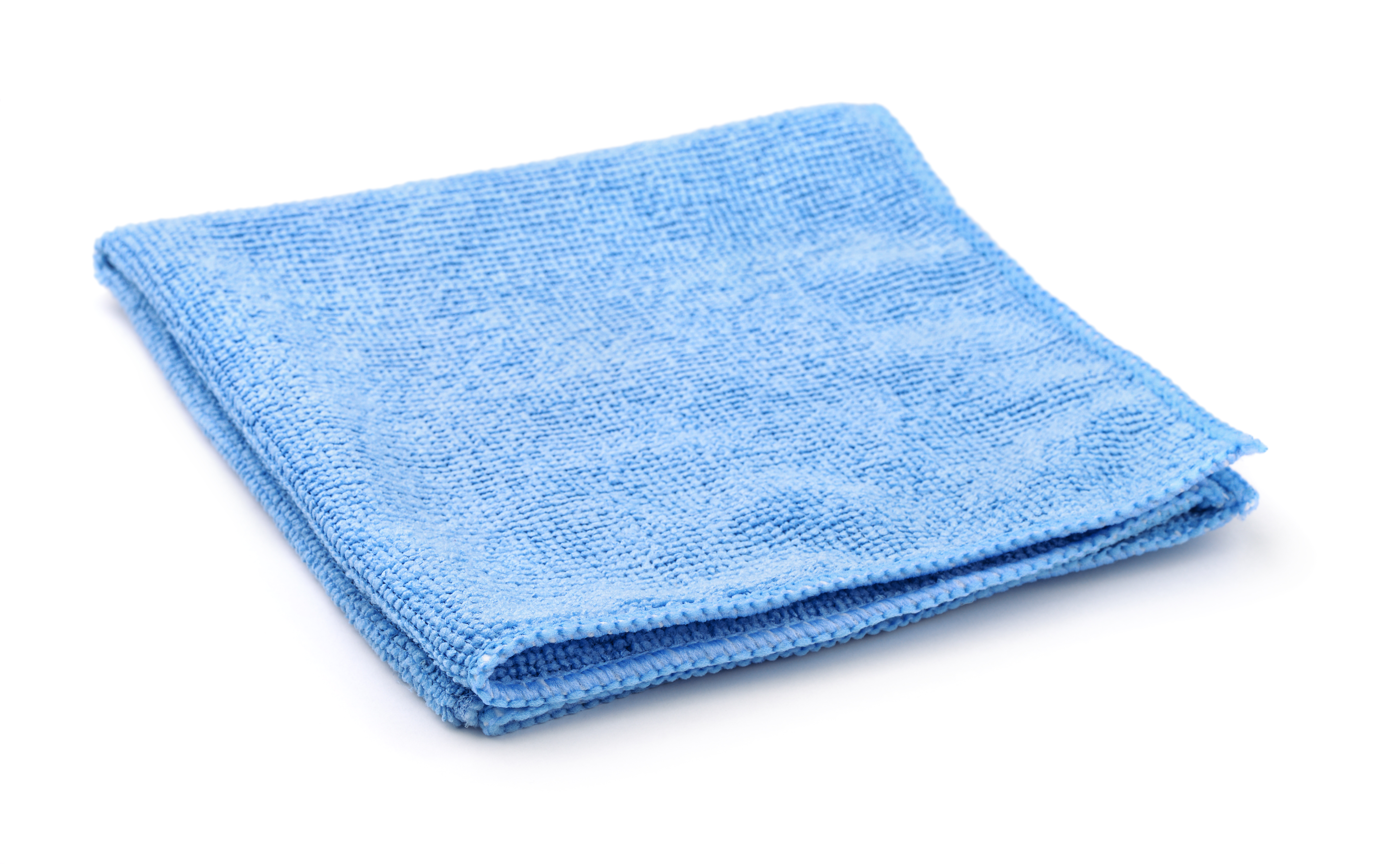
Microfiber cloths are a game-changer when it comes to dusting. Unlike traditional cotton cloths, microfiber has a unique structure that attracts and holds onto dust particles rather than pushing them around. This material consists of tiny fibers that are positively charged, drawing in negatively charged dust particles like a magnet. Using microfiber cloths on surfaces such as shelves, electronics, and furniture can make a noticeable difference. Additionally, microfiber is reusable and can be washed multiple times, making it an eco-friendly and cost-effective option for regular dust maintenance.
2. Optimize Air Filtration
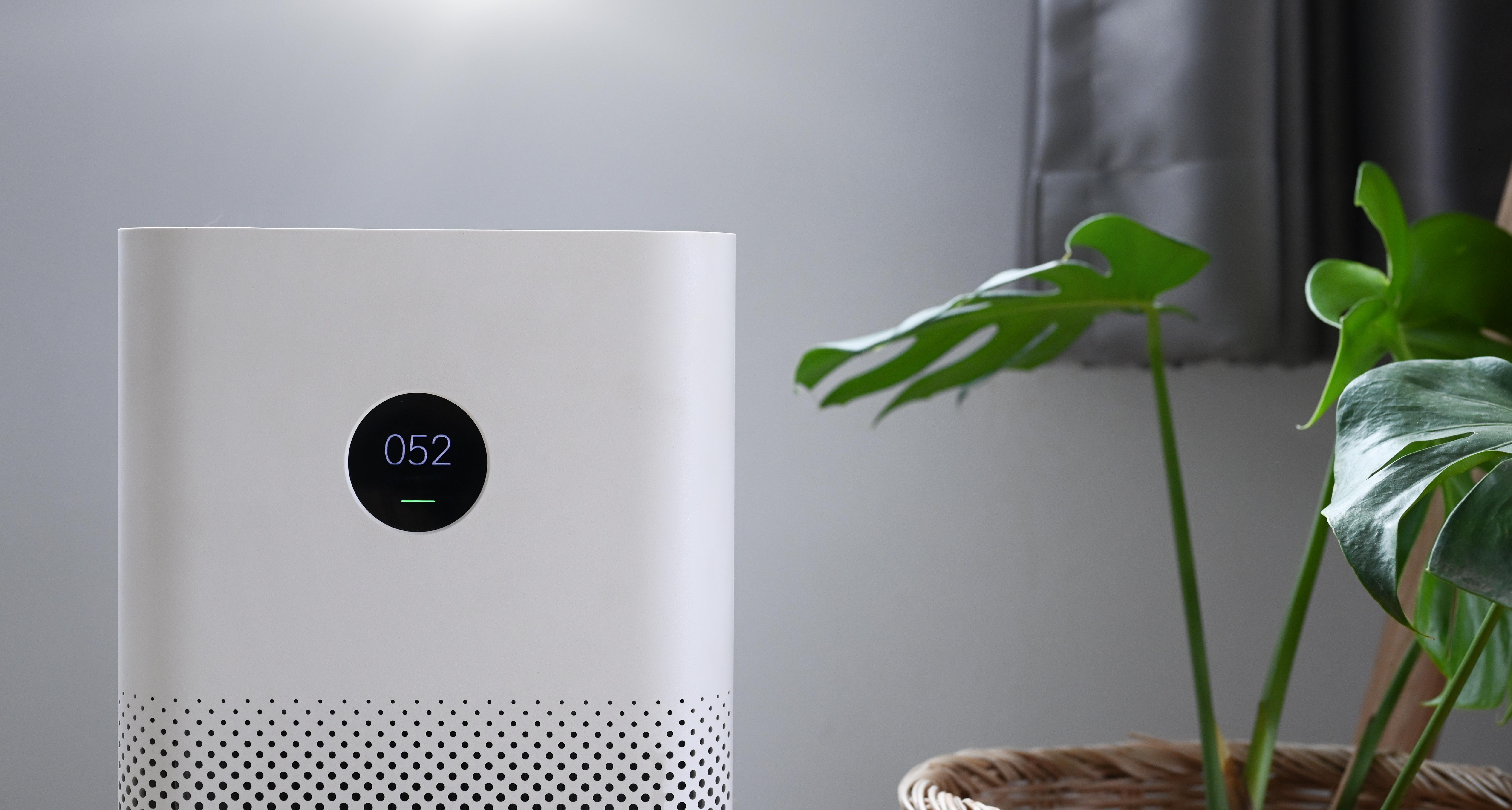
Investing in a high-quality air purifier can significantly reduce the amount of dust in your home. Air purifiers with HEPA filters are particularly effective, as they can capture up to 99.97% of airborne particles, including dust, pollen, and pet dander. Placing air purifiers in commonly used rooms like the living room and bedroom can drastically improve indoor air quality. Additionally, regularly replacing HVAC filters and ensuring proper ventilation will help maintain a steady flow of clean air, further minimizing dust accumulation throughout your home.
3. Maintain a No-Shoes Policy
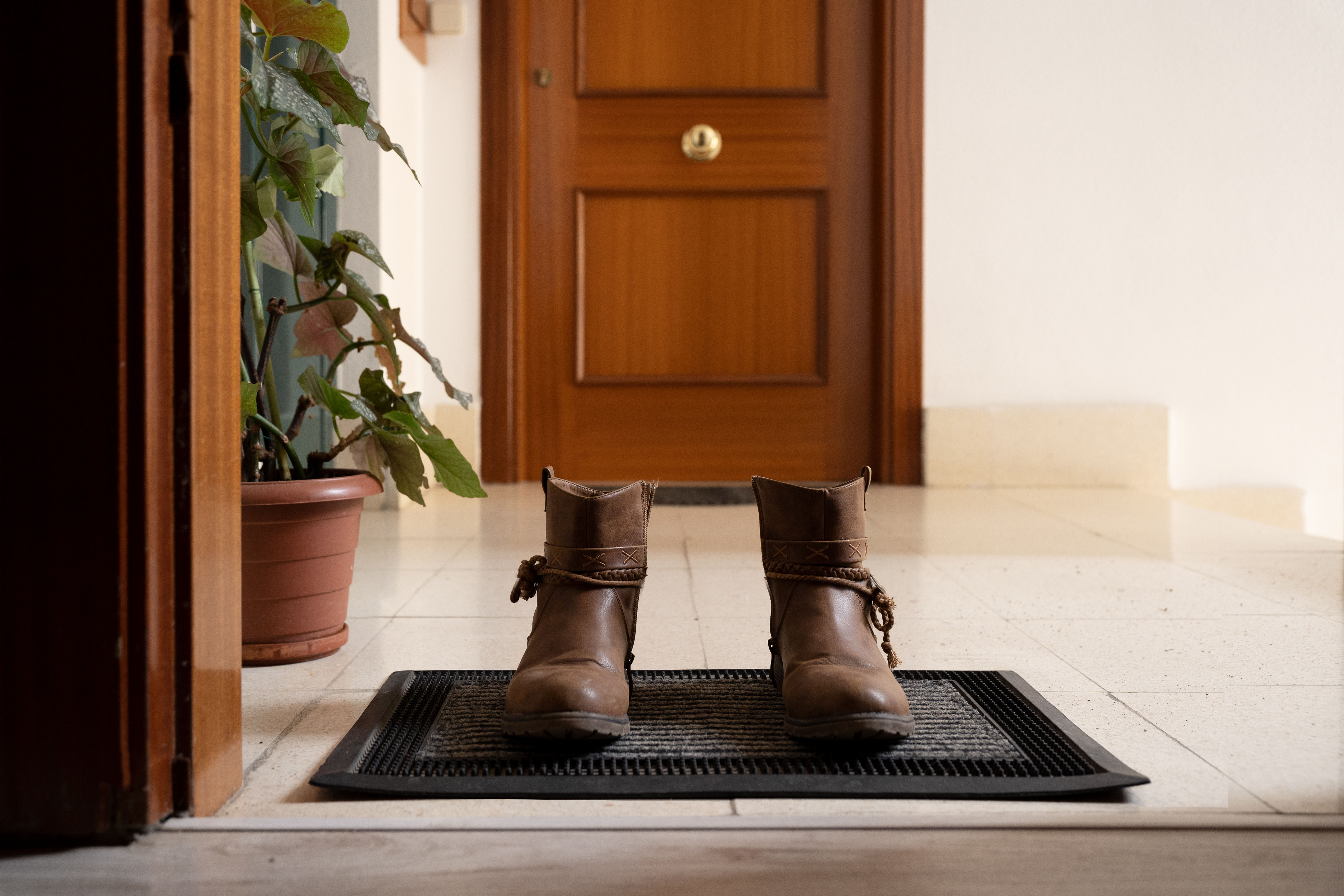
Implementing a no-shoes policy in your home can be a simple yet effective way to reduce dust. Shoes can track in dirt, pollen, and other debris from outside, which contribute to indoor dust levels. By creating a designated area near the entrance for shoes and encouraging family members and guests to remove their footwear, you can significantly decrease the amount of dust brought into your home. Providing slippers for indoor use can also enhance comfort and encourage compliance with this policy.
4. Use Doormats Strategically
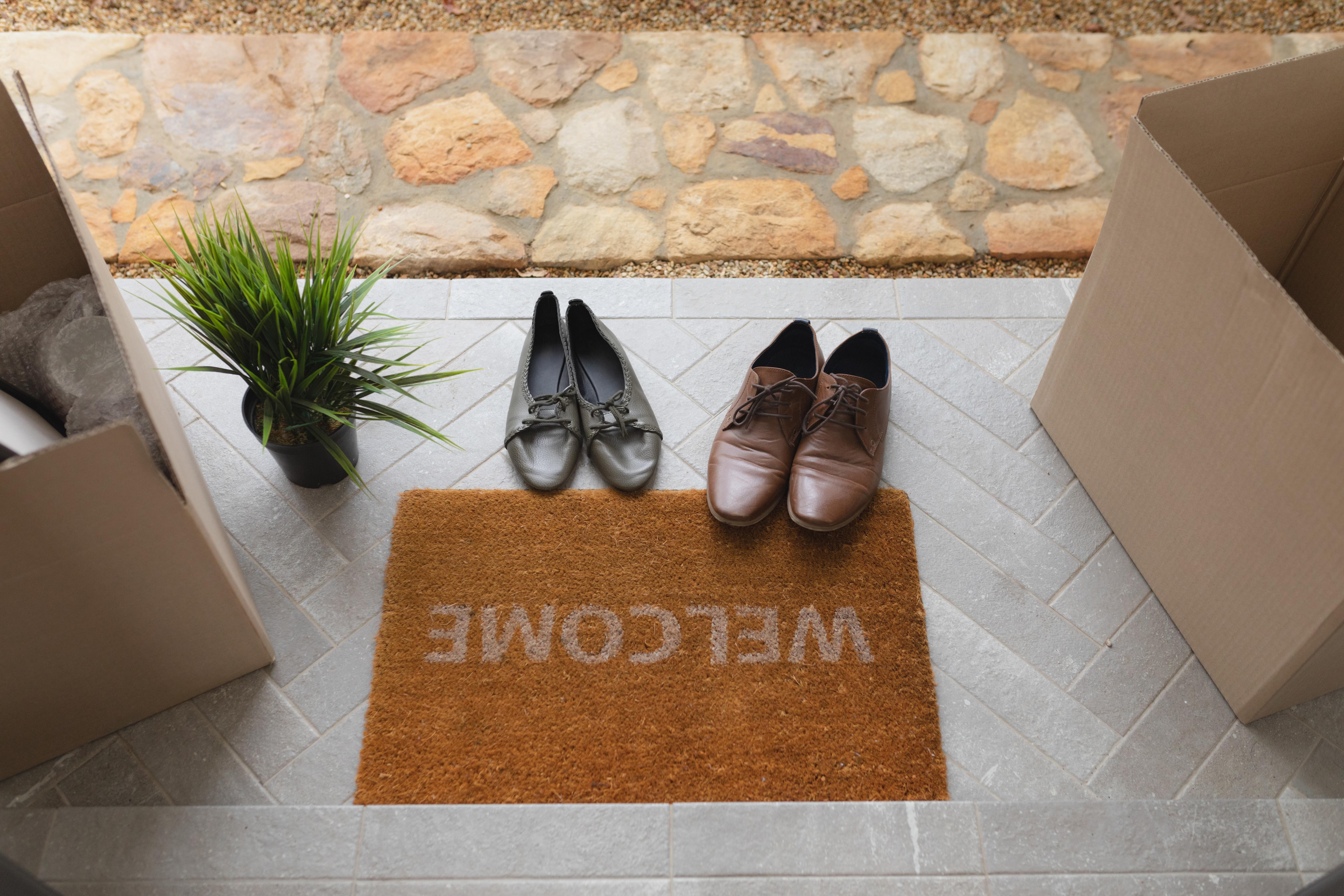
Strategically placed doormats can act as the first line of defense against dust and dirt entering your home. Opt for sturdy, textured mats both outside and inside each entrance to trap debris before it makes its way indoors. Regularly cleaning these mats by shaking them out or vacuuming will ensure they remain effective. By reducing the amount of dirt and dust entering your home at the source, you can minimize the need for frequent cleaning and maintain a tidier living space.
5. Declutter for Dust Control

Cluttered spaces are dust magnets. The more items you have, the more surfaces there are for dust to settle on. By decluttering your home, you not only create a more organized living environment but also reduce the potential for dust accumulation. Evaluate each room and decide which items are essential and which can be stored, donated, or discarded. Streamlining your belongings makes it easier to clean surfaces and reduces the nooks and crannies where dust can hide, ultimately leading to a cleaner home.
6. Choose Easy-to-Clean Fabrics
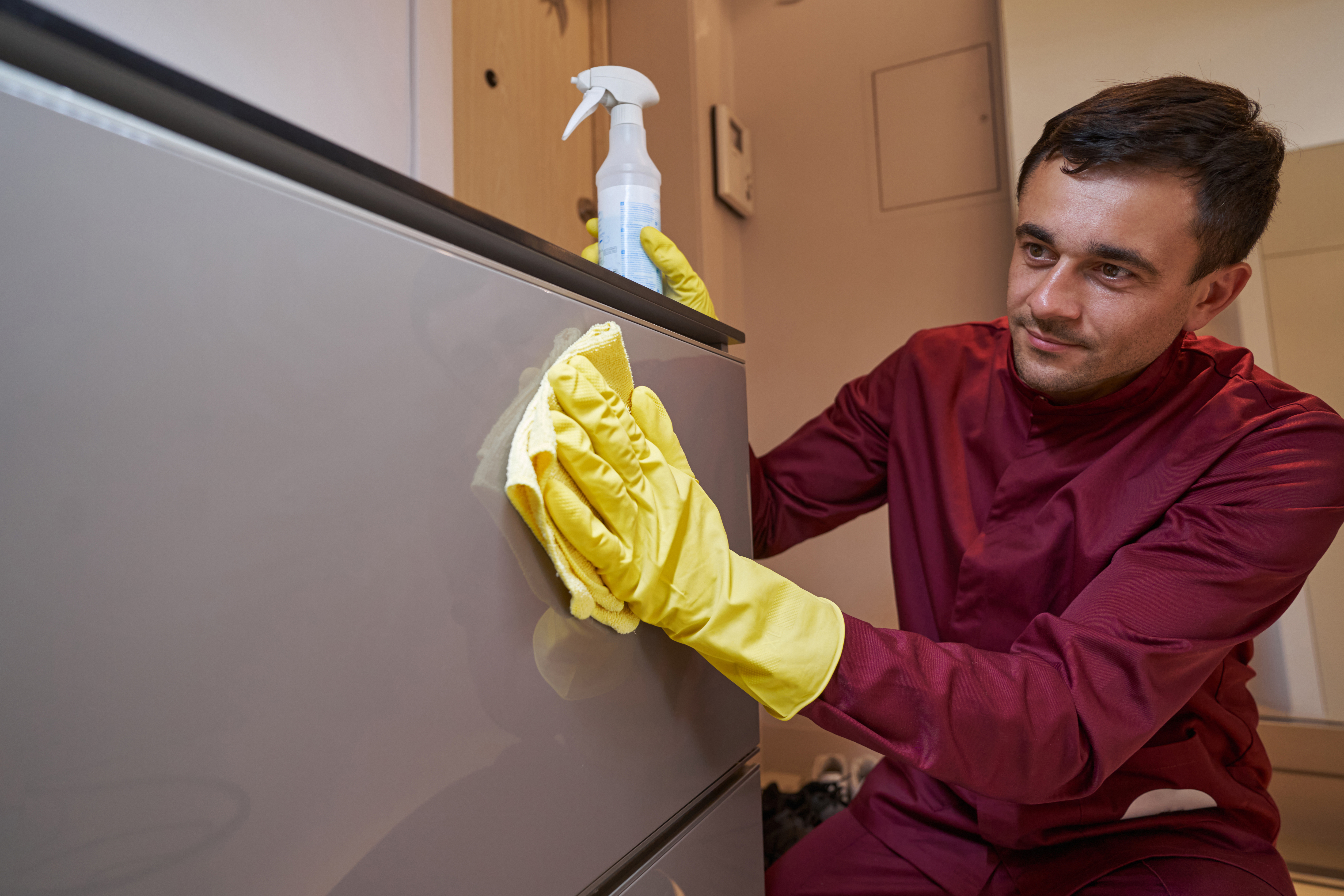
Fabrics are notorious for trapping dust, so choosing materials that are easy to clean can help minimize dust in your home. Opt for smooth, tightly woven fabrics for curtains, upholstery, and bedding, as these tend to collect less dust. Regularly washing and vacuuming these items will also help keep dust levels in check. Additionally, consider using slipcovers on furniture, which can be easily removed and laundered, providing a simple solution for keeping dust at bay.
7. Dust with Dryer Sheets
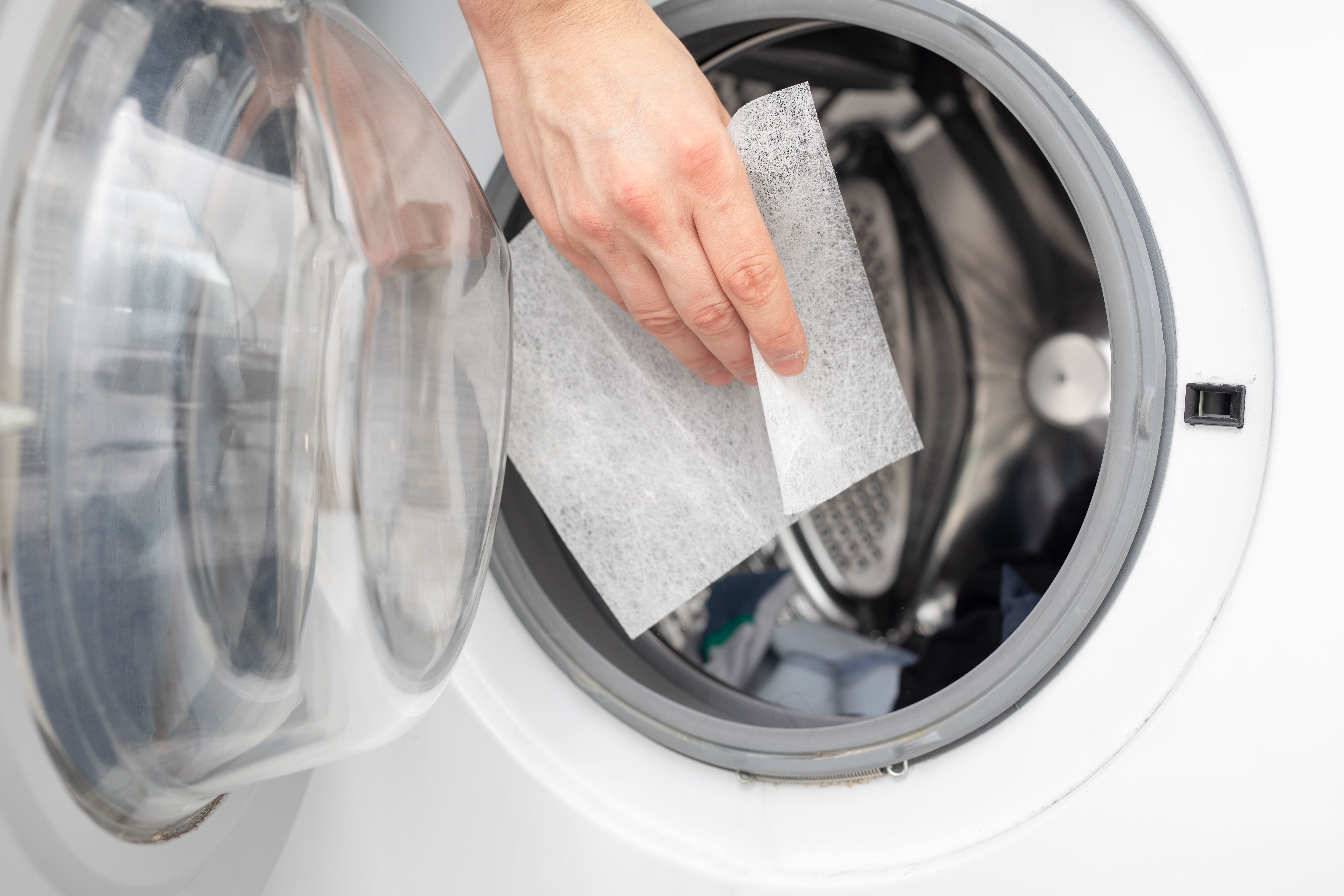
Dryer sheets can be an unexpected ally in your dust-fighting arsenal. Their anti-static properties make them ideal for dusting, as they not only pick up dust but also help repel it. Use dryer sheets on baseboards, blinds, and electronic screens to remove dust and prevent it from returning quickly. This method is particularly useful for hard-to-reach areas and can leave your home smelling fresh. Plus, repurposing dryer sheets for dusting is an economical and sustainable choice.
8. Incorporate Indoor Plants
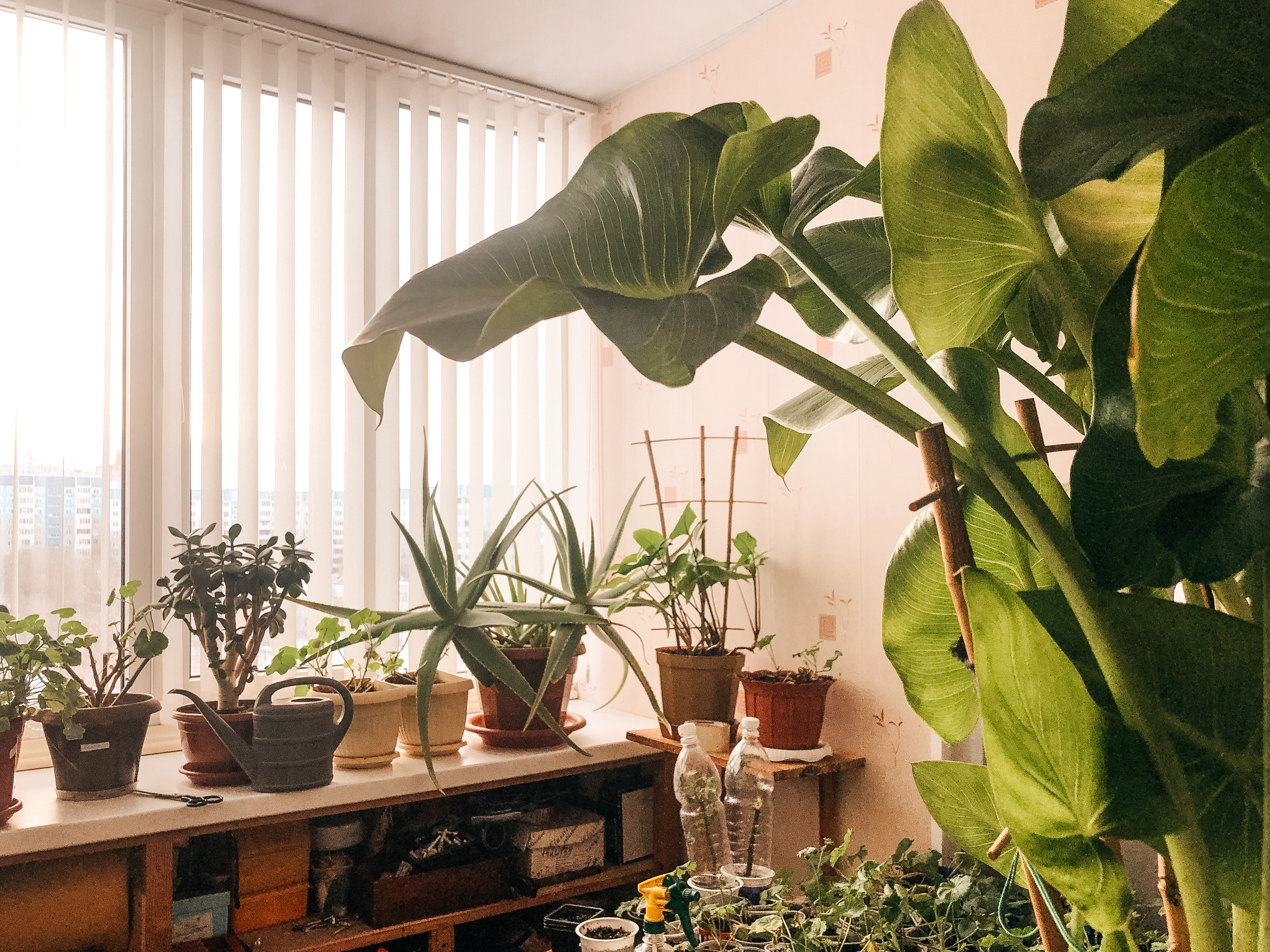
Indoor plants can be a beautiful addition to your home while also serving a functional purpose in reducing dust. Certain plants, such as spider plants and peace lilies, can improve air quality by filtering out pollutants and increasing humidity levels, which can help settle dust. The increased humidity makes dust particles heavier, causing them to fall to the ground rather than float in the air. Regularly wiping the leaves of your plants will also prevent dust buildup, ensuring they continue to thrive and purify your air.
9. Use a Vacuum with a HEPA Filter
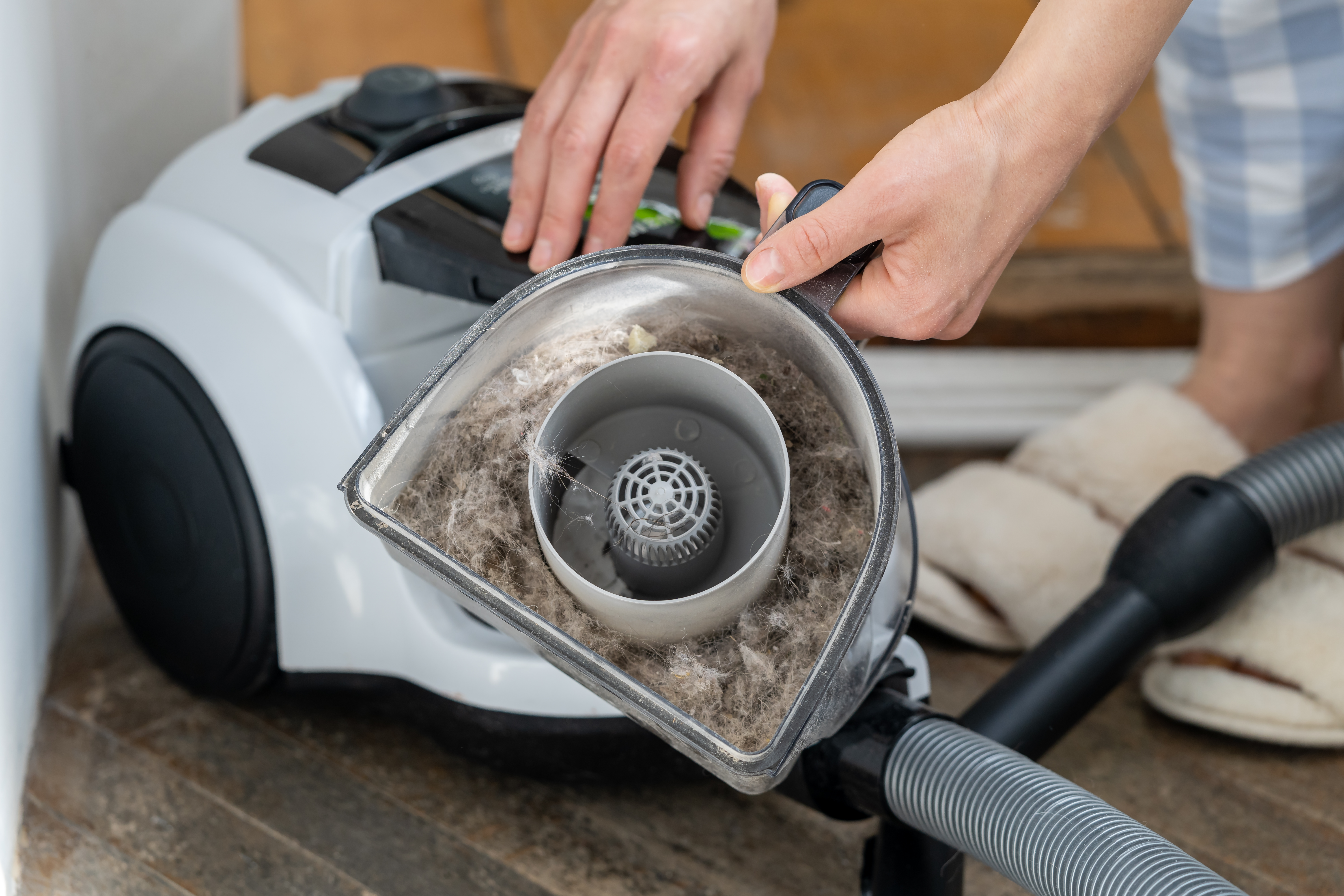
A vacuum cleaner equipped with a HEPA filter is an essential tool for keeping dust under control. HEPA filters trap tiny particles that other vacuums might recirculate into the air, ensuring that dust is effectively removed from your home. Regularly vacuuming carpets, rugs, and upholstery will help maintain a dust-free environment. Additionally, using vacuum attachments to clean hard-to-reach areas, such as corners and baseboards, will further reduce dust accumulation and improve overall cleanliness.
10. Regularly Clean Light Fixtures and Fans
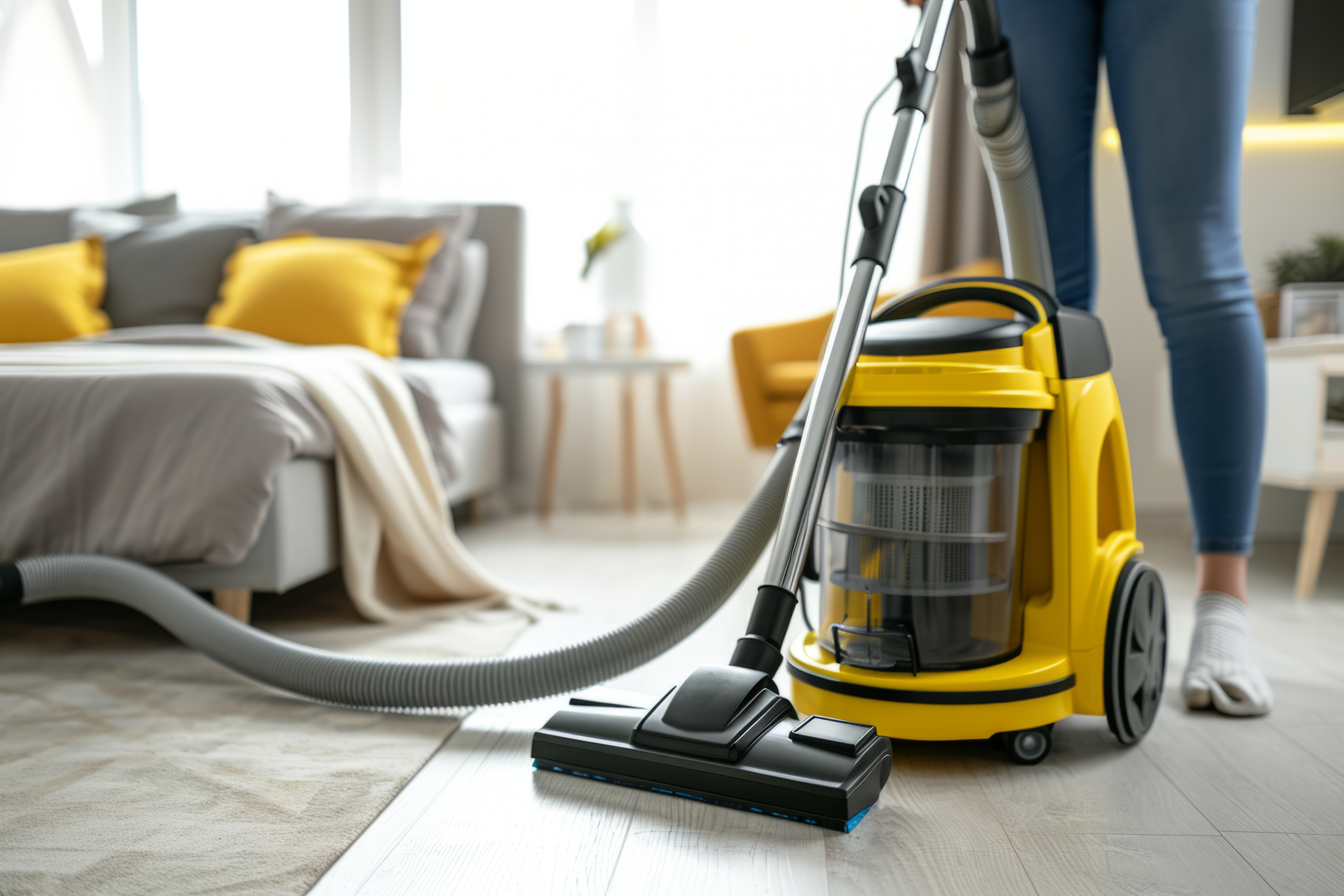
Light fixtures and ceiling fans are often overlooked when it comes to dusting, yet they can harbor significant amounts of dust. Dust on light bulbs can also reduce their efficiency, leading to dimmer lighting. Regularly cleaning these fixtures with a microfiber cloth or a long-handled duster will prevent dust from circulating in the air when fans are in use. This not only improves air quality but also enhances the brightness and ambiance of your home, creating a more pleasant living environment.
Implement a Weekly Cleaning Routine

Consistency is key when it comes to managing dust. Establishing a weekly cleaning routine can prevent dust from building up and becoming overwhelming. Dedicate specific days to tasks such as dusting, vacuuming, and laundering linens. By breaking down cleaning tasks into manageable chunks, you can maintain a dust-free home without the need for extensive deep cleaning sessions. This approach not only makes cleaning more manageable but also ensures that your home remains a healthy and inviting space for you and your family.